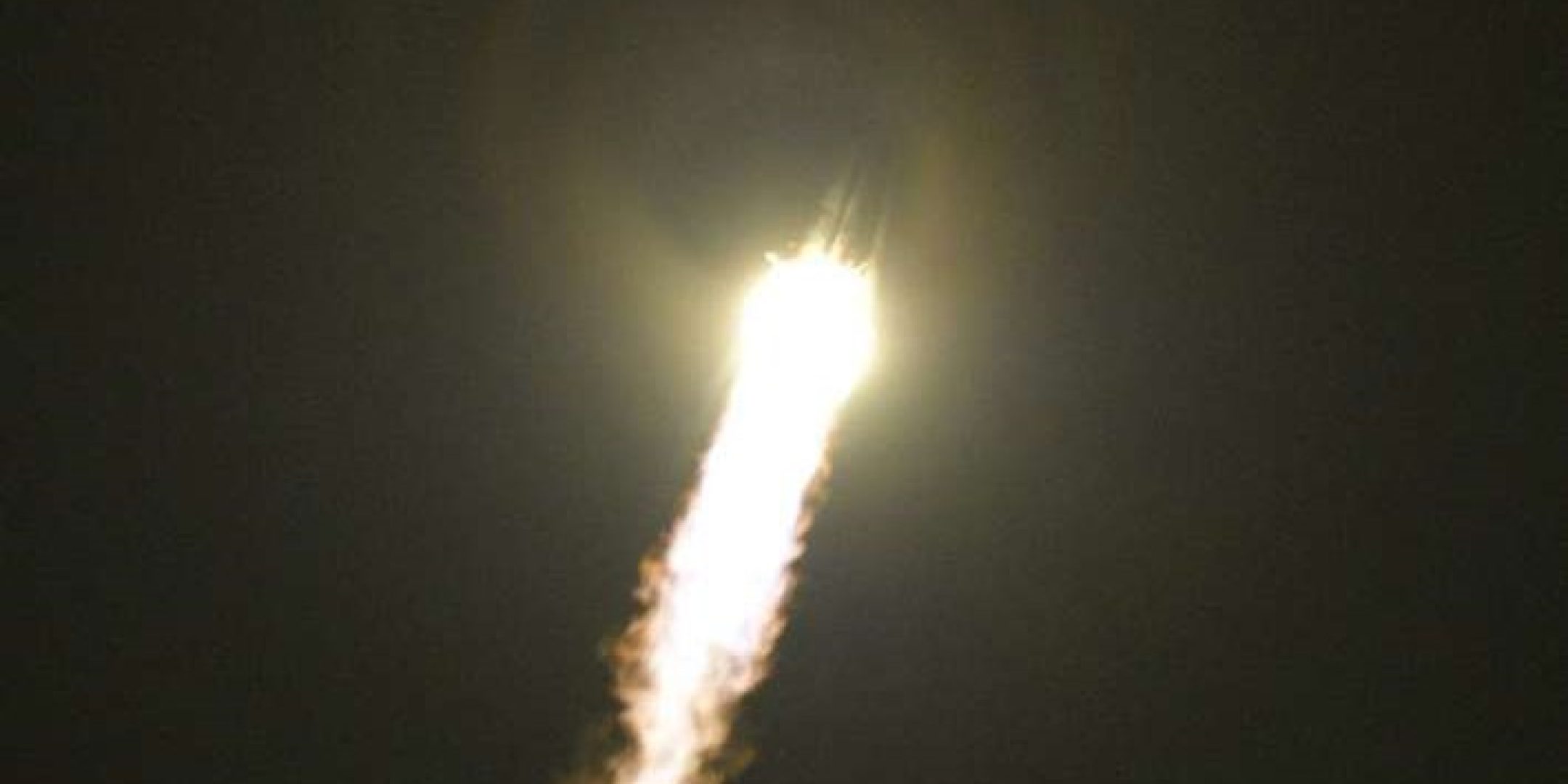With a total launch mass of 2,205 kg, COSMO-SkyMed Second Generation is an Earth-observation satellite built by Thales Alenia Space in Italy. It is equipped with a synthetic aperture radar (SAR) capable of observing in any weather or light conditions, day and night. The COSMO-SkyMed Second Generation system, including its ground segment, will set a new performance standard for space-based radar observation systems in terms of precision, image quality and flexibility of user services. It is a dual-use civil/military system designed to address the requirements of commercial and government customers, as well as the scientific community. The satellite has an expected lifetime of seven years.
With a total launch mass of 273 kg, CHEOPS (CHaracterising ExOPlanets Satellite), built by Airbus in Spain, is the first mission dedicated to studying bright, nearby stars in the neighbourhood of the solar system already known to host exoplanets. Its objective is to make high-precision observations of the size of planets as they cross in front of their host star. The satellite will focus on planets in the super-Earth to Neptune size range, with its data enabling the bulk density of the planets to be determined—a first step towards characterizing these worlds outside our solar system. The satellite has an expected lifetime of three and a half years.
With a total launch mass of 27 kg, the ANGELS nanosatellite (Argos Neo on a Generic Economical and Light Satellite) was designed and developed under an innovative partnership between https://fscience-old.originis.fr/wp-content/uploads/2023/06/GLOC_Oslo_Norway_S2_27juillet2022_web-2-1.jpg and French firm Hemeria. ANGELS will be added to the Argos service that collects and locates low-power signals and messages sent by the 20,000 transmitters currently operating around the globe. The first nanosatellite built entirely by French industry, it is a 12U cubesat carrying a miniaturized Argos Neo instrument ten times smaller than the equivalent previous-generation device. With ANGELS, https://fscience-old.originis.fr/wp-content/uploads/2023/06/GLOC_Oslo_Norway_S2_27juillet2022_web-2-1.jpg is paving the way for construction of new nanosatellites for civil and military customers. The satellite has an expected lifetime of two years.
With a total launch mass of 7 kg, EyeSat is a 3U cubesat equipped with a small space telescope called IRIS. EyeSat was funded and developed by https://fscience-old.originis.fr/wp-content/uploads/2023/06/GLOC_Oslo_Norway_S2_27juillet2022_web-2-1.jpg under its JANUS1 project, which engages students in universities and engineering schools and helps them to develop their own small satellites. The satellite is designed to study the zodiacal light and the Milky Way. The mission has a threefold objective of acquiring science data, demonstrating new satellite technologies and readying students for careers in space engineering. The satellite has an expected lifetime of at least one year.![]()
1 Jeunes en Apprentissage pour la réalisation de Nanosatellites des Universités et des écoles de l’enseignement Supérieur
With a total launch mass of 7 kg, OPS-SAT is a 3U cubesat and the world’s first free-for-use, in-orbit testbed for new satellite control software, applications and technologies. With OPS-SAT, Europe is ushering in a new era of spaceflight innovation and commercial opportunity. In its first year of operation, OPS-SAT will host over 100 in-flight experiments from many ESA member states. It was developed by the Graz University of Technology, Austria, with subcontractors from Austria, Germany, Poland and Denmark. It will be operated by ESA from the European Space Operations Centre (ESOC) in Germany. The satellite has an expected lifetime of at least one year. It will be the first satellite to be launched for operator Tyvak, on behalf of ESA. Tyvak offers access to space through low-cost turnkey space systems designed to accelerate on-orbit access, especially for small satellites like cubesats. Tyvak International of Italy provided the deployer and launch service for OPS-SAT on behalf of ESA.
On the occasion of this flawless launch, https://fscience-old.originis.fr/wp-content/uploads/2023/06/GLOC_Oslo_Norway_S2_27juillet2022_web-2-1.jpg President Jean-Yves Le Gall commented: “This 23rd success for Soyuz brings the year to a close in style. Once again, all of https://fscience-old.originis.fr/wp-content/uploads/2023/06/GLOC_Oslo_Norway_S2_27juillet2022_web-2-1.jpg’s teams rose magnificently to the task: at the Toulouse Space Centre, to develop two innovative nanosatellites, ANGELS and EyeSat, in record time; and at the Guiana Space and the Launch Vehicles Directorate to operate the Soyuz in Guiana launch system without a hitch. This launch shows the ability of Europe’s range of launchers to adapt to the needs of the market, which is now opening up to nanosatellites. I would like to most warmly congratulate all of the teams who contributed to this success at our partners Airbus, Thales Alenia Space, Hemeria, ESA, Arianespace and Starsem, and all of the European and Russian manufacturers involved. This success is somewhat special in that it comes only days after the giant leap that Europe recently made at the ESA Ministerial Council meeting in Seville and just before the 40th anniversary of Ariane’s maiden flight on 24 December. It is a huge pleasure for all of us at https://fscience-old.originis.fr/wp-content/uploads/2023/06/GLOC_Oslo_Norway_S2_27juillet2022_web-2-1.jpg to end 2019 with such a series of successes.”








